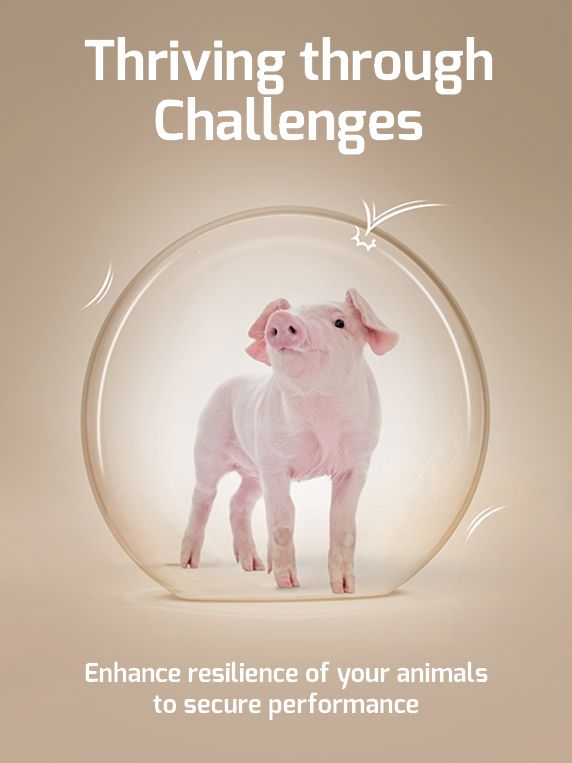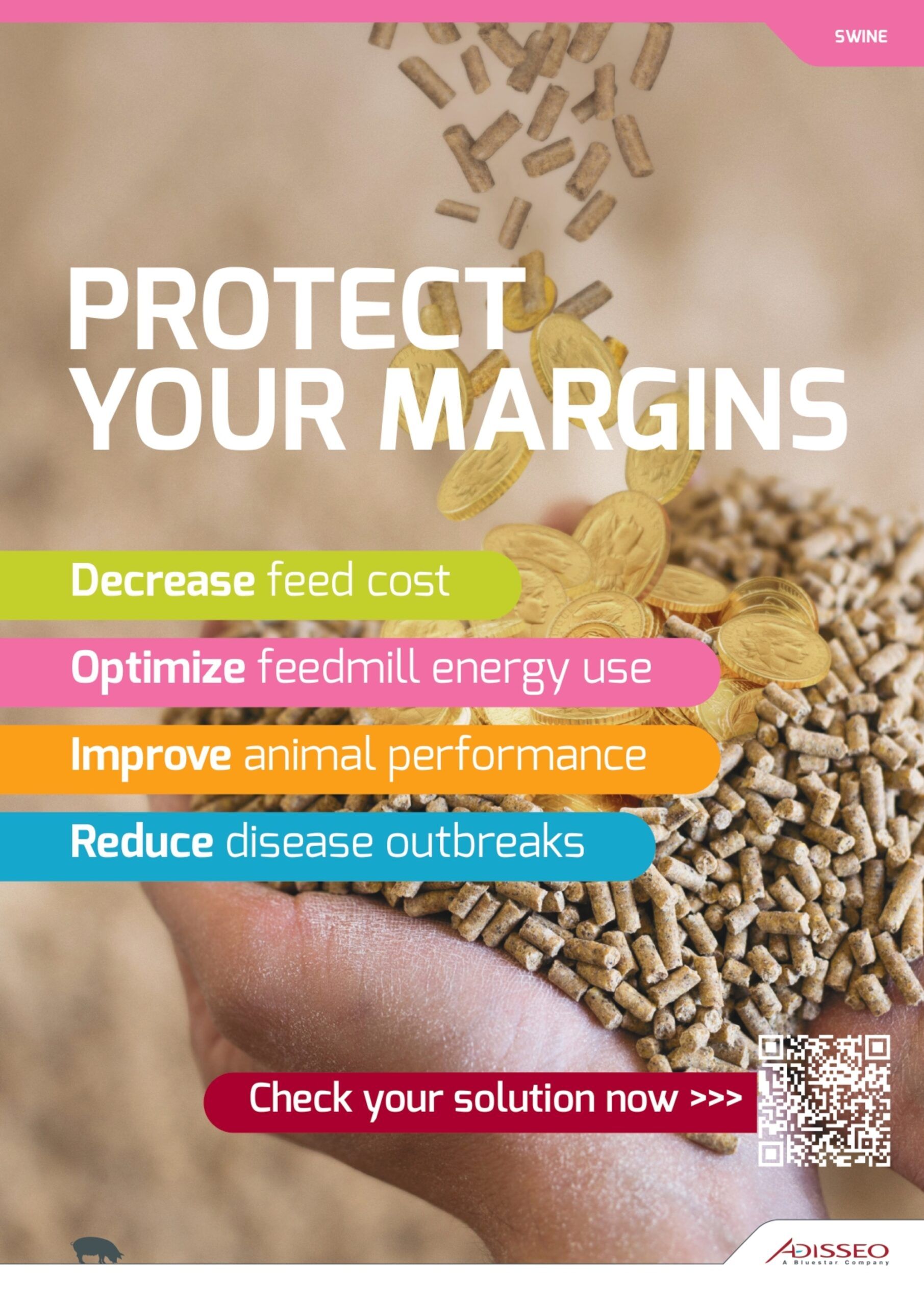Gut barrier function is crucial for protecting against pathogens pressure and maintaining homeostasis. However, factors such as infectious agents, environmental stressors, and other challenges compromise the integrity of the gastrointestinal tract, rendering animals more susceptible to outbreaks of bacterial diseases. This can result in decreased performance, growth, and reproduction, and in severe cases, mortality.
Understanding the gut barrier function is the initial step in ensuring animal resilience. Preserving the stability of gut microbiota is crucial for maintaining gut equilibrium and preventing infections. This can be achieved through direct antimicrobial action, collaboration with the immune system, or counteracting tactics developed by pathogens for their survival. Strengthening the physical barrier involves preserving permeability and tight epithelial junctions. Regulating inflammation is essential for influencing immune response balance by leveraging the role of the immune system: surveillance, detection, defensive reaction, and elimination of foreign agents.
Discover Adisseo Portfolio on Animal Resilience:
Key benefits:
- Improve intestinal health
- Limit the deleterious effect of bacterial infection
- Better animal health and performance under challenges
















